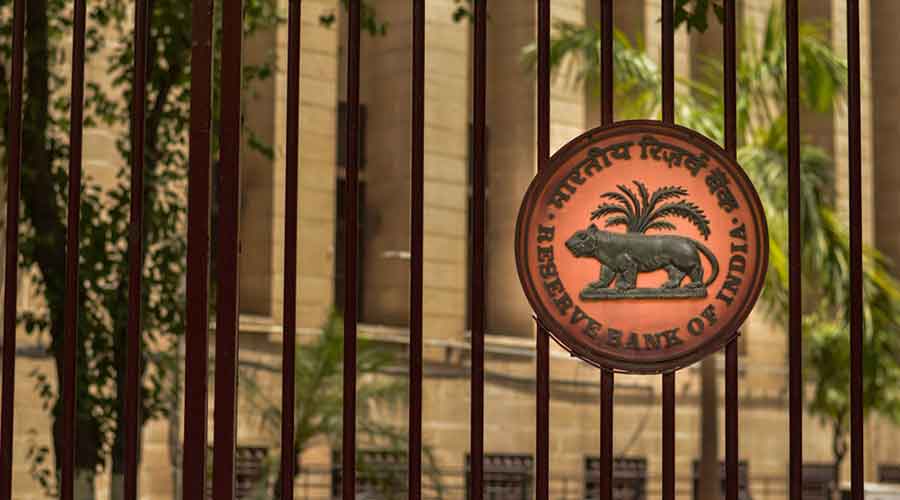The western states of Gujarat and Maharashtra have seen the slowest recovery since June following the nationwide lockdown, according to the RBI’s Coincident Index which is based on some daily high frequency variables.
According to the CI, the northern region saw the sharpest recovery in June followed by positive momentum in July. Bengal reported a sharp upturn in October and sustained a positive momentum in November.
The Coincident Index ( CI) is constructed with four indicators representing a mix of demand and supply dynamics and based on availability of data at daily frequency at the state level: (i) total vehicle registrations; (ii) electricity consumption; (iii) air quality index; and iv) Google and Apple mobility data.
The Reserve Bank of India has undertaken a study to assess the "dynamics of economic activity at state level in India by constructing a Coincident Index (CI) with daily high frequency variables." The study forms part of the bulletin for December released today.
The Coincident Index ( CI) is constructed with four indicators representing a mix of demand and supply dynamics and based on availability of data at daily frequency at the state level: (i) total vehicle registrations; (ii) electricity consumption; (iii) air quality index; and iv) Google and Apple mobility data.
What it reveals:
As per CIs, Northern region saw the sharpest recovery in June followed by positive momentum in July, while the Western states of Gujarat and Maharashtra saw the slowest recovery, which was prolonged till end-July and first week of August.
Notably, CIs for states across regions registered sharp upturn in October. Even though some moderation was recorded in first half of November, momentum remained positive and revived in the second half in most states.
Furthermore, CI has a positive and statistically significant relationship with growth in industrial output.

